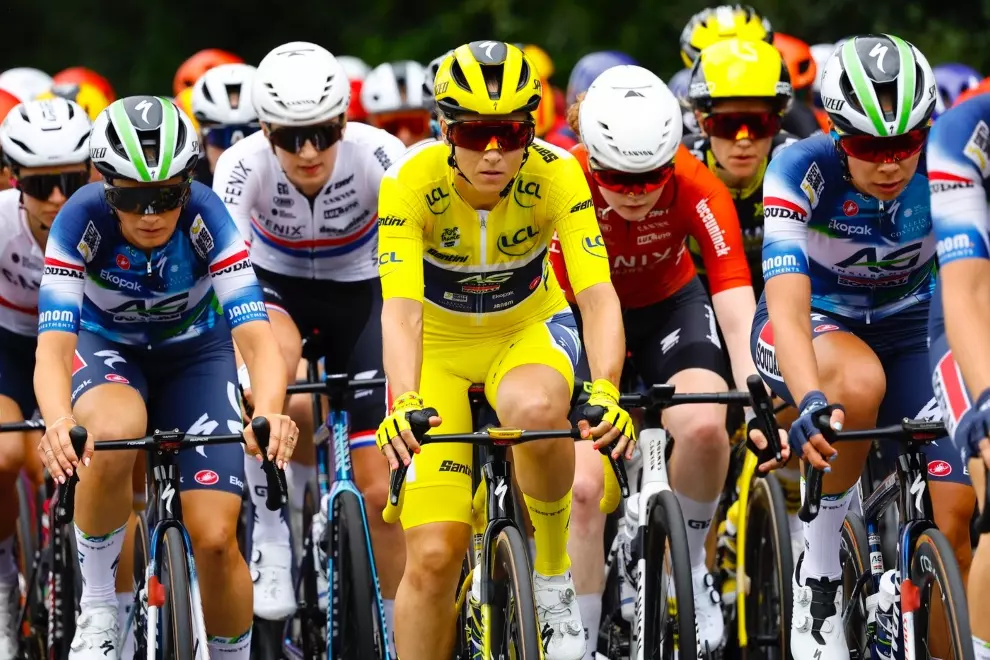Harsh criticism came mainly from the French TV Channel State 2 that aired a thorough report describing the most alarming flaws of the use of expensive tablet devices in the process of motor doping detection. A couple of confirmed cases from amateur racing showed that the cheaters may be several steps ahead of the testers.
In order to demonstrate the potential of the existing detection methods, UCI officials invited documentary makers and explained how to do the procedure correctly. Nevertheless, the newly elected UCI president David Lappartient was critical of the UCI’s record on technological fraud and promised to crack down on the cheaters in a new way.
In an open speech, Mr Lappartient affirmed that technological fraud won’t be tolerated in any kind of cycling, and revealed his plan to allocate 500,000 euros per year to come down on motor doping. According to the plan, the current analysis methods should be refined and the credibility of the scandal-ridden sport restored. The new tool should be a mix of deterrents including tablets, x-ray, thermal cameras and even dismantling of bikes. Details of the test will be introduced this March. According to Mr Lappartient, there will be no way to get around the rules with the technologies the UCI will use.
Motor doping may have different forms, ranging from a tiny motor hidden in the seat tube to more sophisticated methods based on magnets hidden in the wheels, which are much more difficult to detect.
The first rumours about technological doping emerged in 2010 after Fabian Cancellara astonished commentators of the Tour of Flanders as he left his competitor behind thanks to an unbelievable acceleration while seated. In 2014, social media was flooded with a footage showing wheels that kept on spinning even after the cyclist crashed and his bike landed on the ground.
Although the UCI started to use X-rays at the Tour de France, further suspicions arose after Hungarian engineer Istvan Varjas unveiled how he developed and improved the technology used in motor doping in the past.






